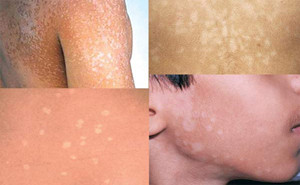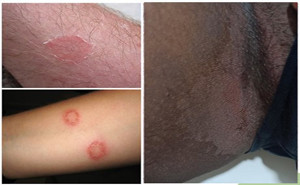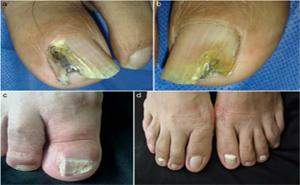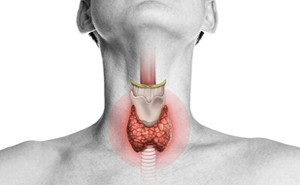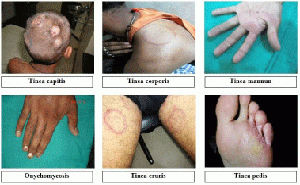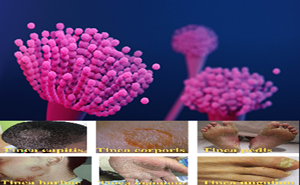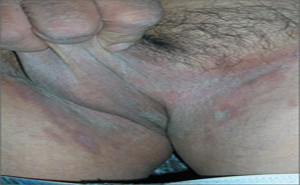Drug-information
JAMA DERMATOLOGY: Pityriasis (tinea) versicolor often
reoccurs even after successful treatment, with relapse rates ranging from 60%
to 90% within two years. Therefore, it is important to
evaluate a prophylactic regimen that may be effective and safe in preventing
the recurrence of pityriasis versicolor.Treatment options for pityriasis
versicol...
European Journal of Molecular & Clinical Medicine: Published
on 2020Superficial infection caused by a
dermatophyte is termed dermatophytosis or ringworm. They are all moulds
belonging to three asexual genera: microsporum, trichophyton and
epidermophyton.Depending upon the site of
infection, dermatophyte infection can be classified as...
Onychomycosis is accounting for up to 50% all nail disorders. It causes not only physical but also psychosocial
and emotional distress to the patient. Treatment of the disease is far from
satisfactory mainly due to high cost and long duration of therapy with poor
patient compliance.TAKE HOME MESSAGE:This
study aims to compare the efficacy of pu...
International Journal of Endocrinology: Published on February, 2023A recent study in the International Journal of Endocrinology
(Feb 2023) found promising insights into thyroid disorder treatment,
specifically evaluating Levothyroxine intake during Ramadan.Fasting during the month of Ramadan
is an Islamic obligation and a great worship. Muslims...
The medication most used to treat
hypothyroidism is levothyroxine, a compound that acts as a replacement for a
person’s thyroid hormone. People with hypothyroidism will
often need to take levothyroxine for a long time, typically for the rest of
their life, so it is important that their treatment is monitored closely and
the dose is adjusted fo...
Published on PubMed: October, 2022Endometriosis is a benign chronic
inflammatory disease defined as the presence of endometrium outside of the
uterine cavity. The disease affects 10% of women in reproductive age; it is
mainly characterized by dysmenorrhea and infertility, affecting the quality of
lifeDysmenorrhea, chronic pelvic pain,
dyschezi...
Published on Infection and Drug Resistance Journal:Tinea is superficial fungal infections typically caused by
dermatophytes. Common pathogens include Trichophyton rubrum,
Trichophyton mentagrophytes, and Epidermophyton floccosum. Superficial
fungal infections are widespread, with an estimated worldwide prevalence of
20%–25%, and include tinea p...
PubMed Central: Published February, 2021Subclinical hypothyroidism (SCH) is
a common biochemical entity identified in women during pregnancy. SCH is
diagnosed when the thyroid stimulating hormone (TSH) is elevated with a normal
free thyroxine (FT4) level. The thyroid hormone, FT4, is
necessary for fetal growth and development. Insufficient thyr...
Journal of South Asian Federation of Obstetrics and
Gynaecology:
Published on July, 2022Abnormal uterine bleeding (AUB) is defined as any type of
uterine bleeding in which the amount, duration, or frequency is excessive for
the patient, and is not attributed to any detectable systemic or uterine
pathology, or pregnancy. The signs of AUB includ...
Dermatophytosis is the most
common superficial fungal infection worldwide. In recent years, superficial
mycoses have become increasingly resistant to current antifungals;
specifically, high incidences of chronic infection, reinfection, and treatment
failure have been reported. Therefore the importance of
detecting drug resistance in clinical p...
Tinea cruris, also known as jock
itch, is a fungal infection involving the genital, pubic, perineal, and
perianal skin caused by pathogenic fungi known as dermatophytes. Tinea cruris is commonly caused
by Trichophyton rubrum or T. mentagrophytes.Several risk factors have been
identified that predispose an individual to tinea cruris, including e...
JAMA: The Journal of the American Medical Association: Published
on January, 2018TAKE-HOME MESSAGECLINICAL QUESTIONWhich oral antifungal medication is
associated with the highest clinical (ie, normal appearance of the toenail) and
mycological (negative culture, microscopy, or both) cure rates vs placebo or
other antifungals when used to treat f...
